Following a year of uncertainty, Photo London once again takes over Somerset House, with Shirin Neshat receiving this year’s Master of Photography award
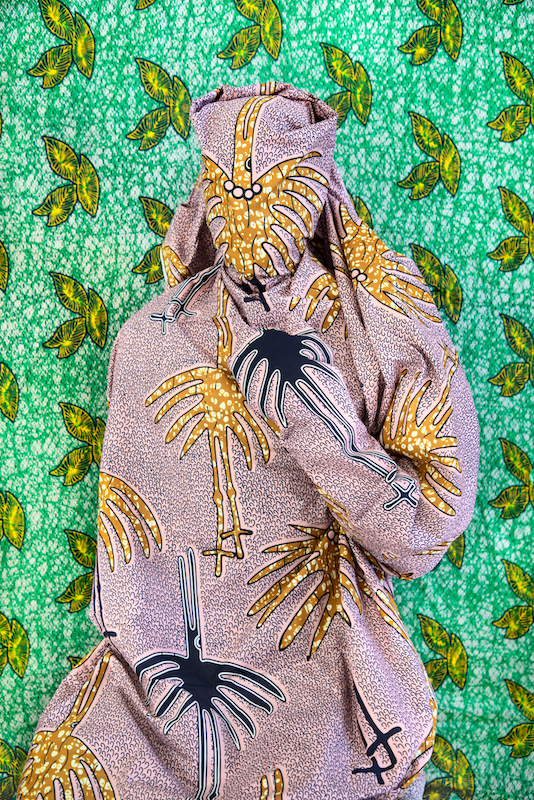

Following a year of uncertainty, Photo London once again takes over Somerset House, with Shirin Neshat receiving this year’s Master of Photography award
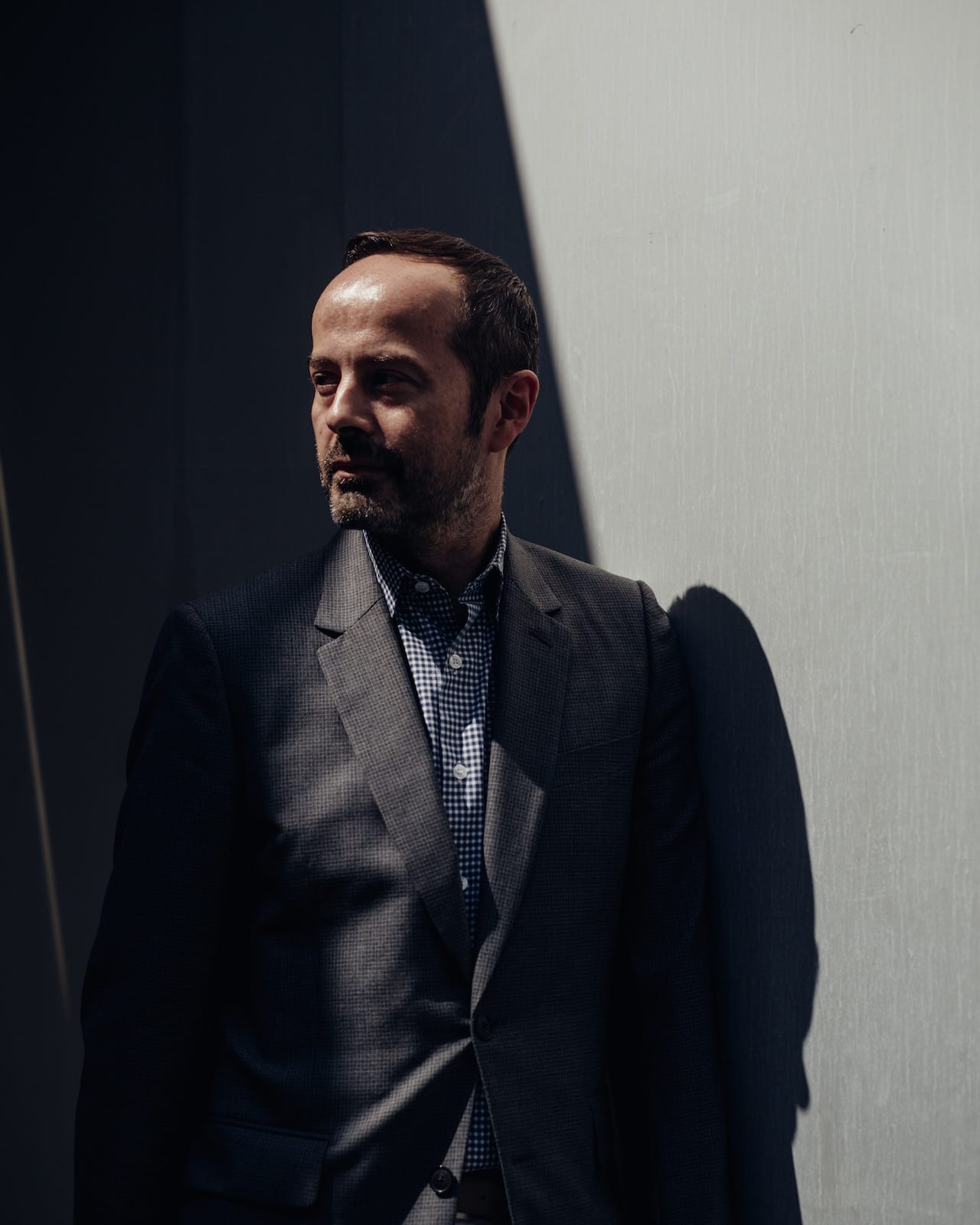
The Parisian curator Quentin Bajac has spent the past two decades working in three of the world’s leading cultural destinations – starting out at the Musée d’Orsay, he moved to Centre Pompidou, and then the most coveted post of all, chief curator of photography at MoMA in New York. Here he shares his insights into photography and life with BJP editorial director Simon Bainbridge
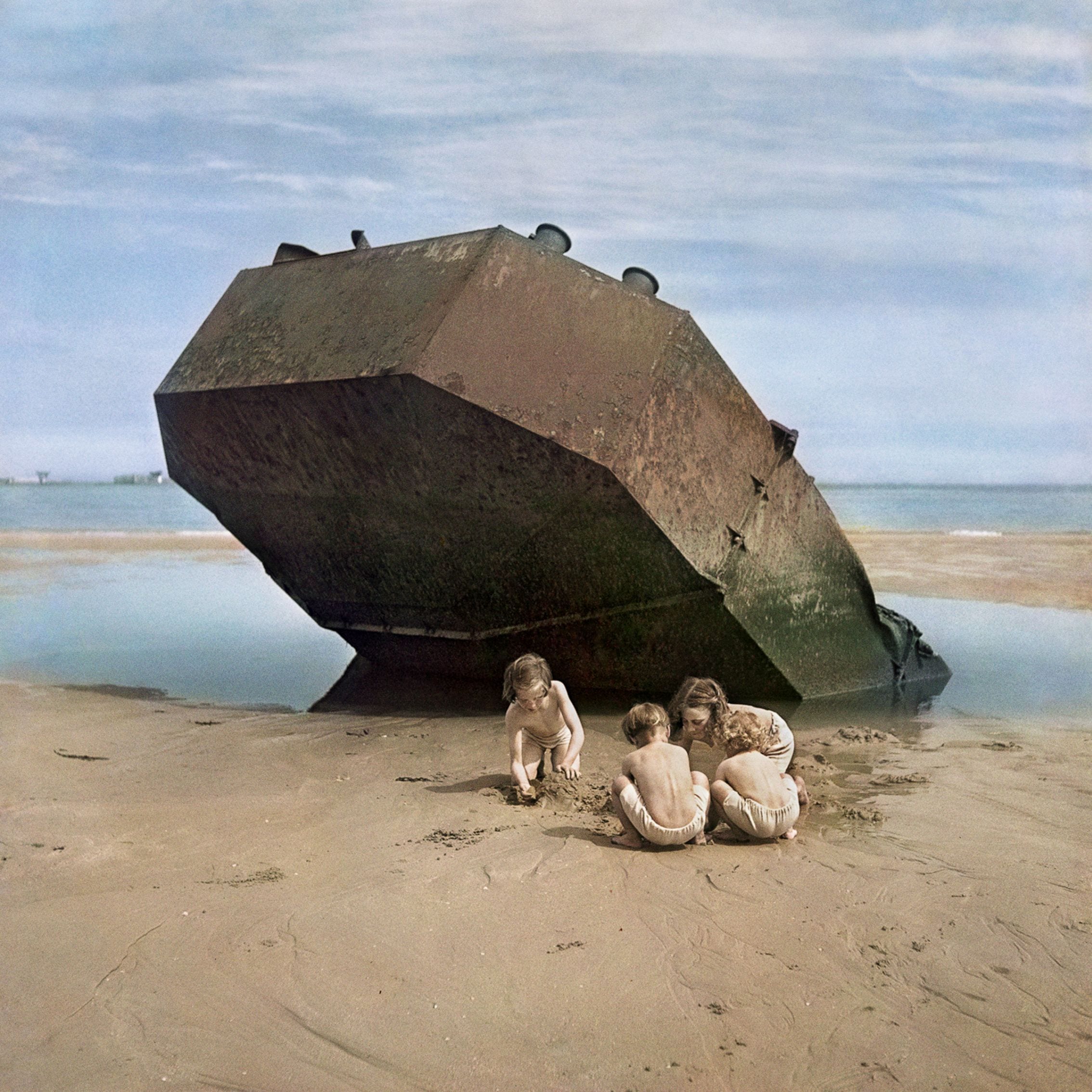
Though he co-founded Magnum Photos with Robert Capa, Henri Cartier-Bresson, and George Rodger and though – like them – he was one of the great documentary photographers of the 20th century, David ‘Chim’ Seymour is less famous than his colleagues. But this winter, a large retrospective in Amsterdam looks set to change all that.
Chim [pronounced “Shim’] acquired his nickname from his surname, because he was born Dawid Szymin in Warsaw, Poland, in 1911. His family was Jewish, and his parents were respected publishers of Yiddish and Hebrew Books; Chim and his parents left Warsaw for Odessa as World War One broke out in 1914, returning to Warsaw in 1919. Chim studied printing in Leipzig, then chemistry and physics at the Sorbonne in Paris, but got into photography while in France and started working as a freelance journalist in 1933. His first credited photograph was published in 1934 in the French communist magazine Regards.
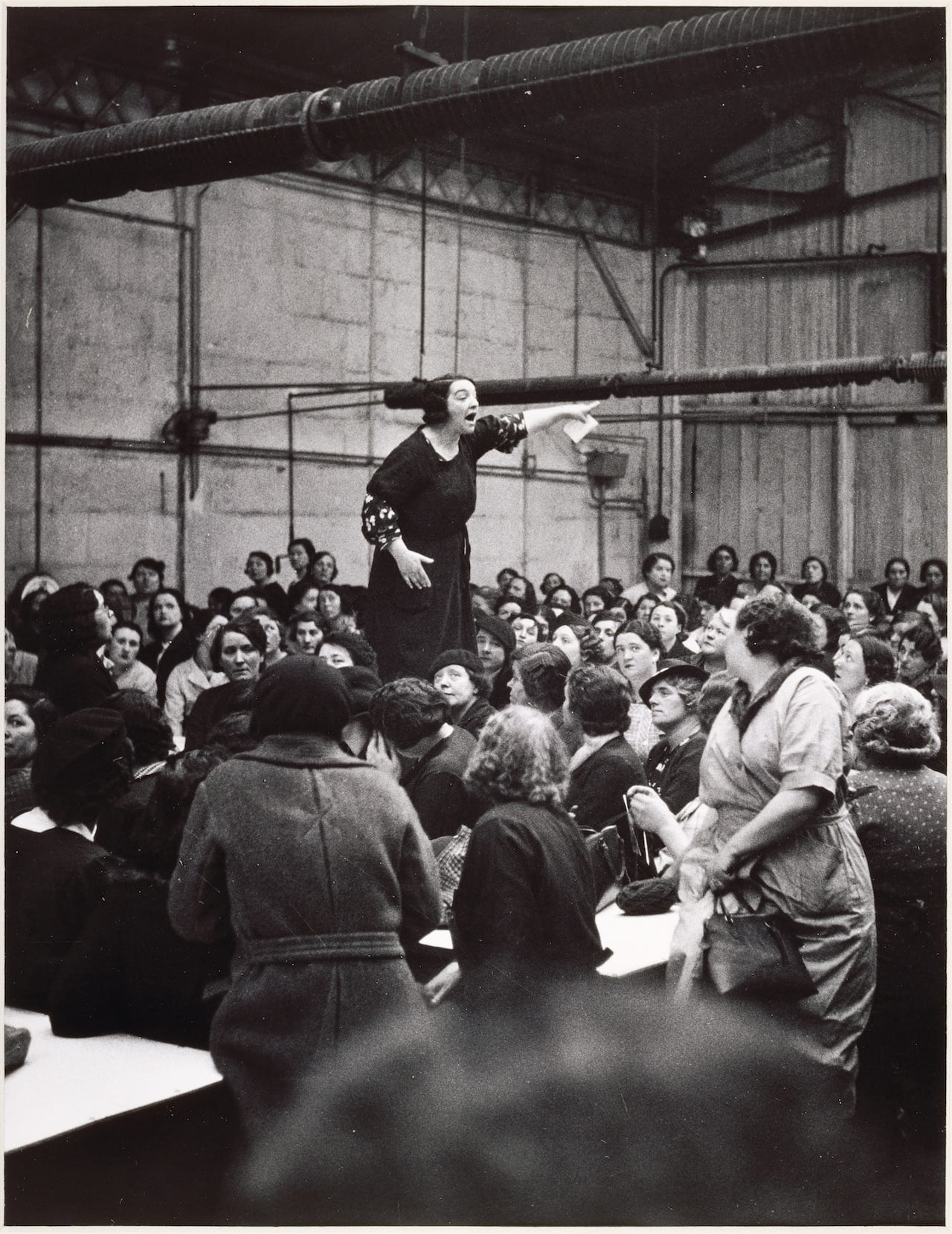
From 07 November to 04 February, the Centre Pompidou in Paris is showing a striking exhibition on a little-known aspect of the roots of 20th century social documentary photography, Photographie, arme de classe [which roughly translates as ‘Photography as a weapon in the class struggle’]. Curated by Damarice Amao, Florian Ebner and Christian Joschke, the show deals with a comparatively unknown period in French photo history, from the end of the 1920s to the arrival of the Front populaire government of 1936 – when the socialist, communist and radical parties formed a short-lived coalition to govern France, with the tacit backing of the Soviet Union.
Photographer and activist Henri Tracol (1909-1997) was the first to formulate the idea that photography could be an “arme de classe”, in the tract he wrote for the photographer’s section of the Association des Écrivains et Artistes Revolutionnaires [‘Association of Revolutionary Writers and Artists’ aka the AEAR], formed in 1932. Although this communist front, Moscow-sponsored organisation only lasted a few years, it attracted many of the leading figures of the day from art, theatre, literature, architecture, and particularly photography. Those who joined were either fellow travellers or politically attached to communism, seeing it as a bastion against the twin evils of the time – fascism and capitalism.
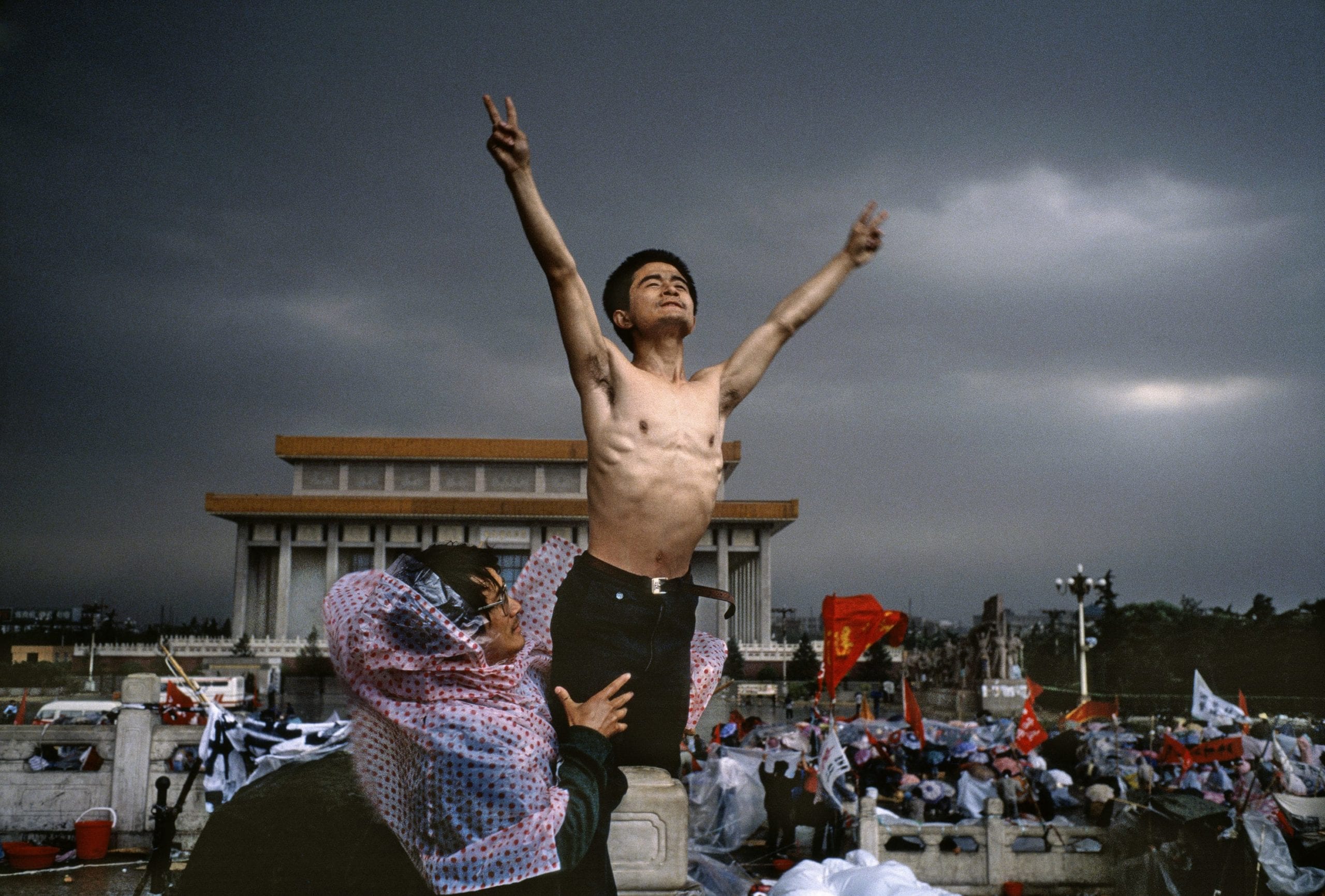
From the 4 June, for five days only, signed or estate-stamped, museum quality 6×6” prints…
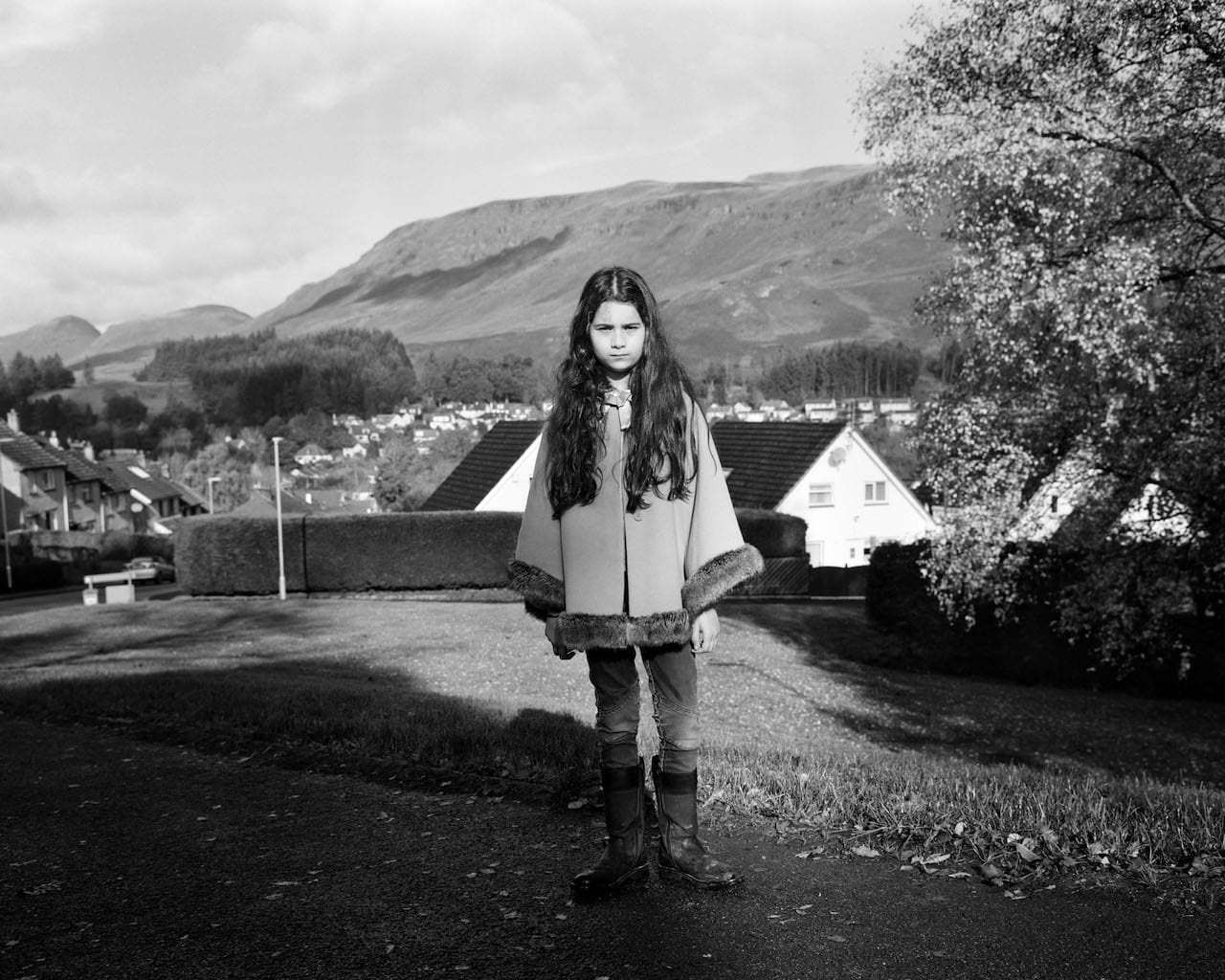
It’s a commendable milestone by anyone’s standards – for 70 years, Magnum Photos has been at the forefront of documentary photography, photojournalism and visual storytelling, its members reporting on conflicts, crises and changes for humanity the world over. To celebrate Magnum’s long and rich history, the agency has devised Magnum Retold, a huge group project in which current members revisit stories by their predecessors. Photographers were invited to respond to an archival story that had influenced or inspired their practice in some way – a story that meant something to them personally, or a topical subject they wished to revisit. “There is a repository of amazing work, which is the 70-year-old legacy of these incredible photographers,” explains Magnum’s content director, Francesca Sears.